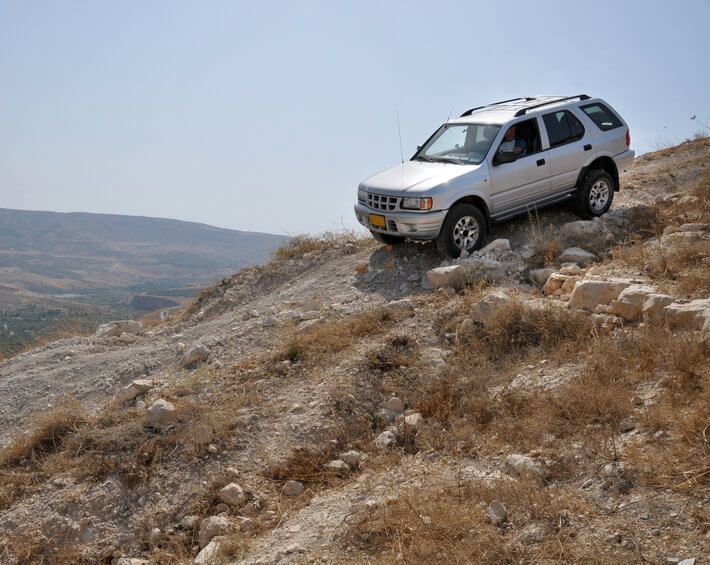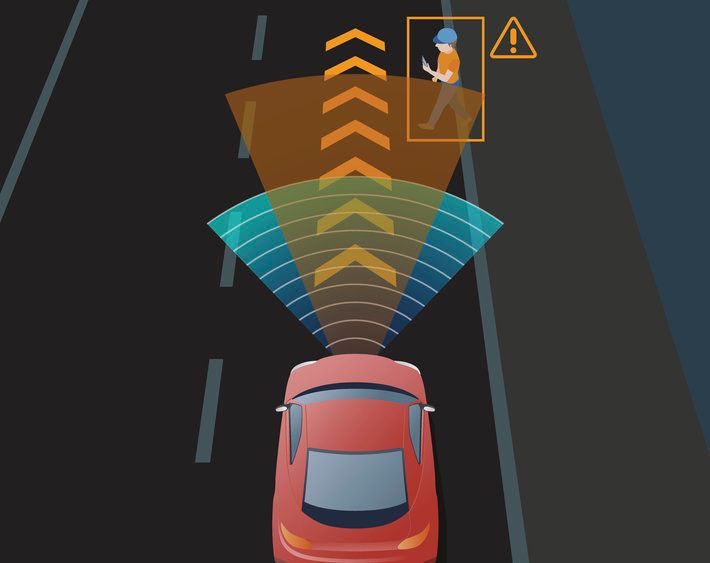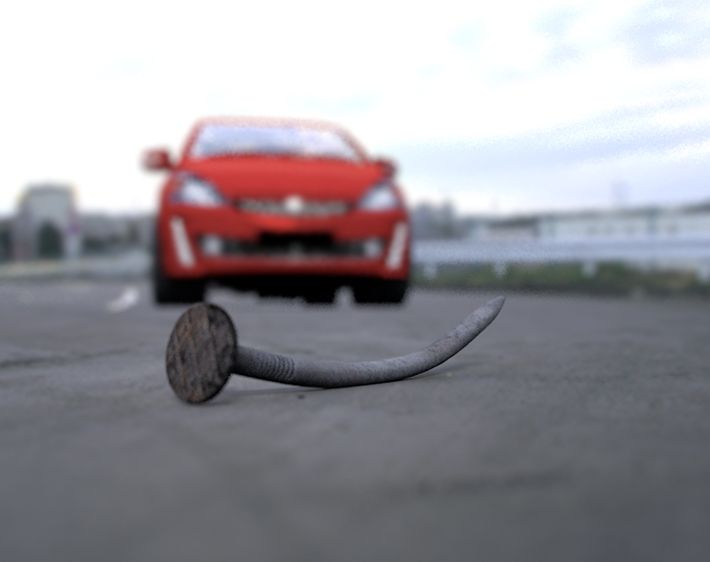All-wheel drive and four-wheel drive… they sound like the same thing, right? Surprisingly, no! These words are often used interchangeably, but they actually refer to two separate systems that produce different results. Learn more about each system, how they differ, and why winter tires could be a good idea for both all-wheel drive and four-wheel drive vehicles in colder climates. You may also find that one system is better suited for your driving style and road preferences, something you may want to consider when shopping for your next vehicle.
The Lowdown on All-Wheel Drive
All-wheel drive (AWD) is a relatively recent invention. In simple terms, power is delivered to the wheels that have the most traction at any given moment. Highly sensitive computers are used to measure each wheel’s grip, speed, and other data to determine if power should be sent to the front or back wheels, and even which individual wheel. All-wheel drive is typically always "on," and is perfect for novice road warriors who drive in ice or rain, or who live in an area that experiences many months of winter weather.
The 4-1-1 on Four-Wheel Drive
If you’re headed for some intense off-roading, four-wheel drive (4WD) is the ticket. With this system, power is divided between front and rear axles so that maximum torque is going to each wheel. Because power is split evenly, all of the wheels will turn at the same speed. Four-wheel drive vehicles generally have three settings: 2H, 4L, and 4H.
- 2H is ideal for normal, everyday driving. Use 2H for dry, flat, paved roads.
- 4L is best suited for a time when you need maximum traction and power. Use 4L when driving in deep mud or snow, soft sand, up steep inclines, and on extremely rocky surfaces. Stick to low speeds in this setting, around 10 MPH.
- 4H is your go-to setting for driving at normal speeds (30 to 50 MPH), but with additional traction. Use this setting when driving on hard-packed sand, ice or snow covered roads, and dirt roads.
Four-wheel drive isn't the best system for a driver who spends most of their time on dry, paved roads, but it’s excellent for those who travel on snowy, rocky, and torn up surfaces on a regular basis. If you enjoy off-roading or live in an area with challenging weather conditions, four-wheel drive could be your best bet, especially if you're an experienced driver who likes to maximize your vehicle's performance.
AWD, 4WD, & Winter Tires: What's the scoop?
Both vehicle types are likely to offer greater stability and control over a vehicle that's 2WD, especially in colder regions. However, there’s a widespread myth that having all-wheel drive or four-wheel drive means you have no need for winter tires for your vehicle. If you live in a balmy, moderate climate like Florida or Southern California, this myth is actually true. But for drivers who live in colder climates like Colorado or Michigan, this is simply not true! Braking distance and solid handling are key when it comes to winter driving, and these advantages come from the tires. In other words, good winter tires will benefit you much more than good wheels. Winter tires are specifically designed to provide you with enhanced grip, flex, and bite when temperatures start to take a nosedive. While AWD and 4WD have their benefits, these systems won't help you turn and stop in extreme cold or on snowy, icy roadways as well as a great set of winter tires.
Whether your car is 4WD, AWD, or even 2WD, it’s important to learn about the winter tires that may be right for your ride and region. Swing by your nearest Firestone Complete Auto Care to speak with our professional technicians about a set of winter tires that could help keep you safe throughout the season!



